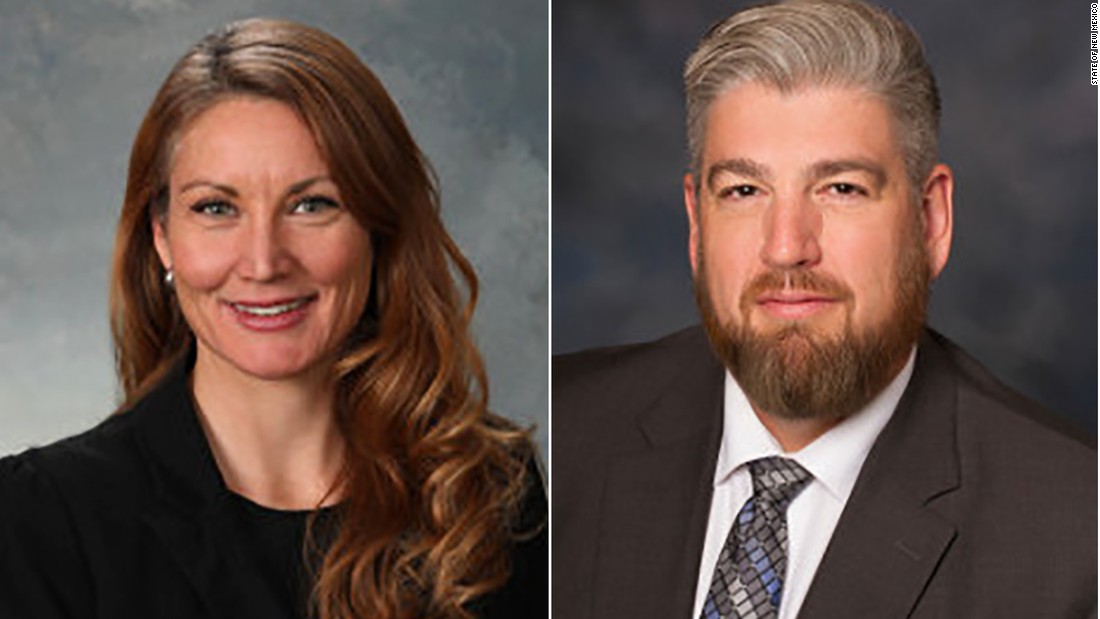
This article first appeared in The Center Square on May 24th, 2021.
As the far-left solidifies its stranglehold on all branches of New Mexico’s state government, more than ever we need an aggressive media and informed constituency to demand accountability in a system proven to produce abuses without. These abuses have never been more readily apparent than in the aftermath of a recent Searchlight New Mexico investigation.
In May 2021, the New Mexico Children, Youth and Families Department fired two high-level employees. Their terminations came after the two employees raised concerns about the agency’s recent shift to the use of encryption and the automated destruction of public records.
The department recently transitioned to the secure text messaging app Signal to discuss a wide range of official business, including the state’s response to the COVID-19 pandemic and the care of children in state custody. Officials asserted that they relied on Signal primarily for “transitory communications”. But what is “transitory” in the context of the Inspection of Public Records Act (IPRA), the state’s public records law?
CYFD Secretary Brian Blalock defines transitory communications as “employee banter, routine check-ins between workers and other insignificant exchanges not subject to public records laws”.
However, the New Mexico Attorney General’s IPRA guide addresses exceptions generally: “Because of the presumption in favor of the right to inspect, public bodies acquiring information should keep in mind that the records they keep generally are subject to public inspection.”
Wait: I’m confused. IPRA itself makes no explicit mention of the term “transitory”. In fact, IPRA only mentions a few and very specific exceptions under select qualified circumstances where a record is not to be disclosed. These exceptions include matters that fall under attorney-client privilege, certain personnel records, health records, and “protected personal identifier information” such as social security numbers and birth dates, as well as a few others.
These are reasonable exemptions to protect certain information of citizens. What does this mean? It means that no government agency will turn over your social security number to a requester. If a record contains a social security number, the number is redacted. This protects the privacy of citizens.
And protecting the privacy of citizens in this way is a good thing. One of the greatest freedoms we have is the freedom from interference or intrusion, the right “to be let alone,” a formulation cited by Louis Brandeis and Samuel Warren in 1890. Remember: transparency is for the government, privacy is for the citizens.
But CYFD employees are employed by a government agency. Do they have a right to privacy? In the conduct of their job, the law says no.
Obtaining public records from government agencies can be a difficult task. Sometimes the custodians are great people, they do their jobs well, and they make the request process easy. But other agencies put up roadblocks where litigation often becomes an unavoidable outcome
If it was already difficult to obtain certain records, what happens if the agency moves to a platform where text messages are encrypted and automatically deleted? That task is now impossible.
According to the law, these text messages constitute public records, regardless of how “transitory” they are in nature.
The New Mexico Attorney General’s IPRA guide offers insight to contradict the “transitory” qualification: “‘public records’ means all documents, […] regardless of physical form or characteristics, that are used, created, received, maintained or held by or on behalf of any public body and relate to public business, whether or not the records are required by law to be created or maintained”.
With CYFD setting a dangerous precedent, the governor’s office offered similar advice. “Every single text message that you send or receive likely qualifies as a ‘transitory record,’” the official guidance counsels. “We recommend that you delete all text messages which are ‘transitory records’ every ten days. You may delete them more often if you wish.”
This reminds me of George Orwell’s memory holes from his groundbreaking novel 1984:
“When one knew that any document was due for destruction, or even when one saw a scrap of waste paper lying about, it was an automatic action to lift the flap of the nearest memory hole and drop it in, whereupon it would be whirled away on a current of warm air to the enormous furnaces which were hidden somewhere in the recesses of the building.”
Well, it’s 2021 and I hate to be the bearer of bad news, but the obligation to provide these records to requesters has not been absolved. Denying access to records, defaming those who stand up, and delaying a solution to the problem undermines the already troubled credibility of government institutions and their leaders.
Let us conclude with the most important question of all: why would records need to be destroyed if there wasn’t something to hide?
Patrick Brenner is the Vice President of the Rio Grande Foundation, New Mexico’s free-market research institute and think tank. He leads the Foundation’s open government and second amendment efforts.





 When asked for comment by Yodice, the Lujan Grisham Administration’s spokesperson fell back on vaccination rates (as they have done repeatedly with state reopening overall).
When asked for comment by Yodice, the Lujan Grisham Administration’s spokesperson fell back on vaccination rates (as they have done repeatedly with state reopening overall).















 APS data is posted online.
APS data is posted online.